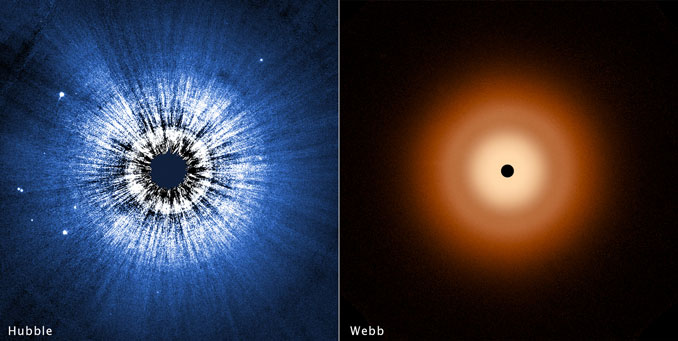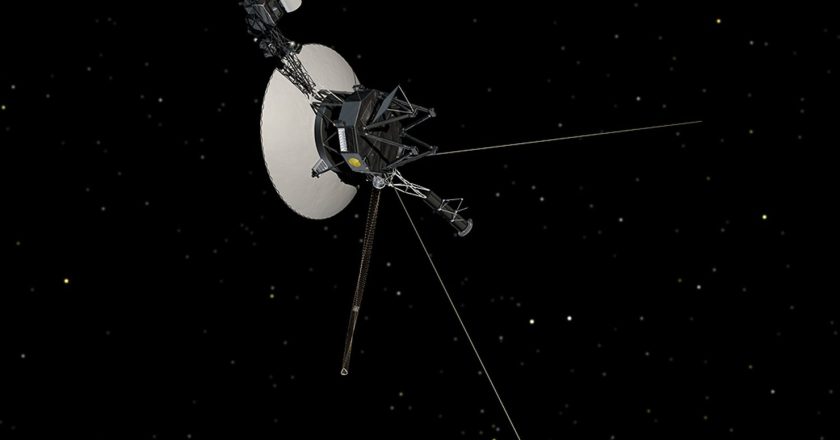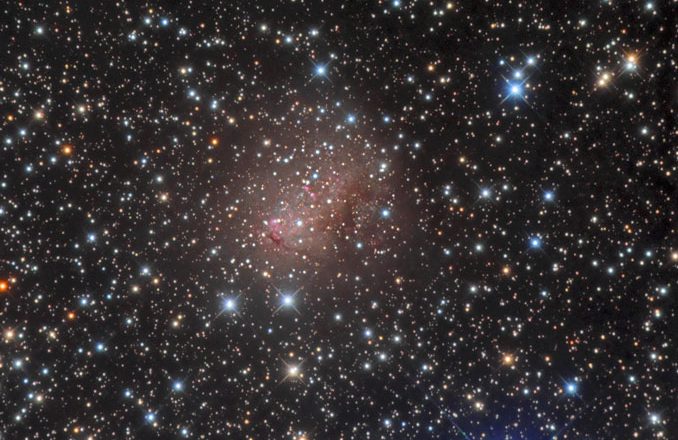Legendary star lacks evidence for large planet formation – Astronomy Now
A Hubble Space Telescope false-colour view (left) of a 100-billion-mile-wide disc of dust around the star Vega. The James Webb Space Telescope (right) resolves the glow of warm dust in a disc halo. Image: NASA, ESA, CSA, STScI, S. Wolff (University of Arizona), K. Su (University of Arizona), A. Gáspár (University of Arizona).
In the 1997 movie “Contact,” adapted from Carl Sagan’s 1985 novel, the lead character, scientist Ellie Arroway (played by actress Jodie Foster), takes a space-alien-built wormhole ride to the star Vega. She emerges inside a snowstorm of debris encircling the star – but no obvious planets are visible.
It looks like the filmmakers got it right.
A team of astronomers at the University of Arizona, Tucson, used NASA’s Hubble and James Webb space telescopes for an unpreced...


